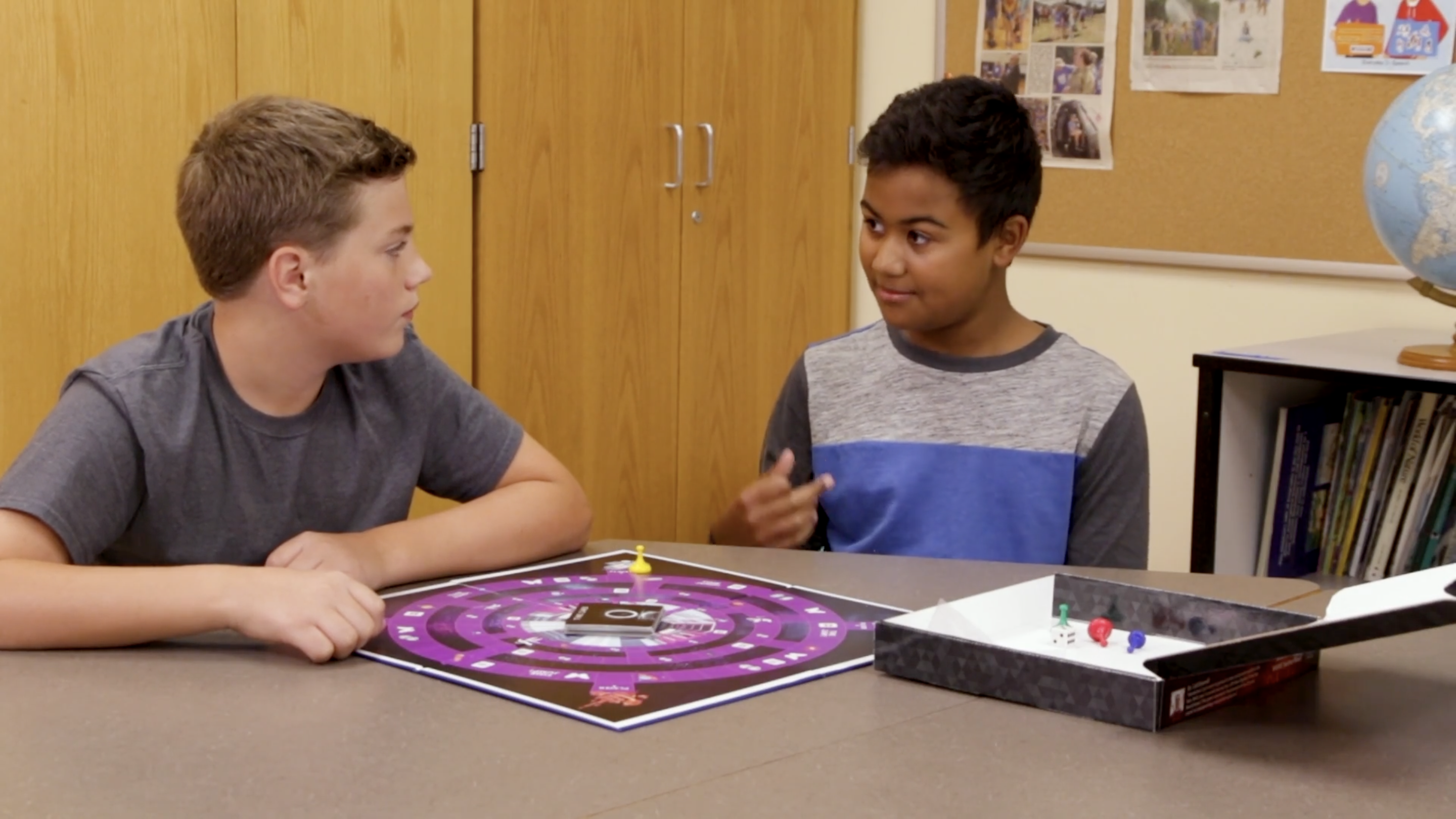
Introduction
Disagreements are a natural part of life, but learning how to compromise can help students solve problems quickly and maintain positive relationships. This essential social-emotional skill can be taught through engaging activities and thoughtful discussions. In this blog post, we will explore a no-prep activity, discussion questions, and related skills to help educators teach students the art of compromise.
No-Prep Activity: The Compromise Relay
For this activity, no preparation or materials are required. The Compromise Relay is a fun and interactive way to teach students about the importance of compromise and fair decision-making.
- Divide students into two teams and have them line up on opposite sides of the room.
- Explain that each team will take turns suggesting activities for the class. Each team member must come up with a different activity.
- The first student from each team will step forward and share their activity idea.
- Both students must now work together to find a compromise between their two activities. They can use phrases such as “Why don’t we…”, “How about if we…”, “You can… if I get…”, etc. to reach an agreement.
- Once a compromise has been reached, both students return to their teams, and the next pair steps forward to repeat the process.
- The relay continues until all students have had a chance to participate and practice compromising.
Through this activity, students will learn the importance of listening to others, considering different perspectives, and finding a middle ground that satisfies everyone involved.
Discussion Questions
After completing the Compromise Relay, facilitate a discussion with your students using the following questions:
- How did it feel to work with a partner to find a compromise between your two activity ideas?
- What strategies did you use to reach an agreement with your partner? Were some strategies more effective than others?
- Why is it important to compromise in our daily lives? How can it help us maintain positive relationships with friends and classmates?
- Can you think of a time when you had to compromise with someone else? How did it turn out? Would you handle it differently now?
- What are some challenges you might face when trying to compromise with others? How can you overcome these challenges?
Related Skills
Teaching students the art of compromise also helps them develop other valuable social-emotional skills, such as:
- Active Listening: Paying attention to others and demonstrating understanding of their perspectives.
- Empathy: Understanding and sharing the feelings of others, which can help create a supportive environment for compromise.
- Assertiveness: Expressing one’s own thoughts and feelings respectfully, while also being open to the ideas of others.
- Problem-Solving: Identifying and working through conflicts by finding mutually acceptable solutions.
- Resilience: Adapting to change and bouncing back from difficult situations, which can be fostered through successful compromise.
Next Steps
Now that you have learned about the importance of teaching compromise and have some activities and discussion questions to use in your classroom, take the next step by exploring more social-emotional learning resources. Sign up for free samples of skill-building materials at Everyday Speech to support your students’ growth and development.

